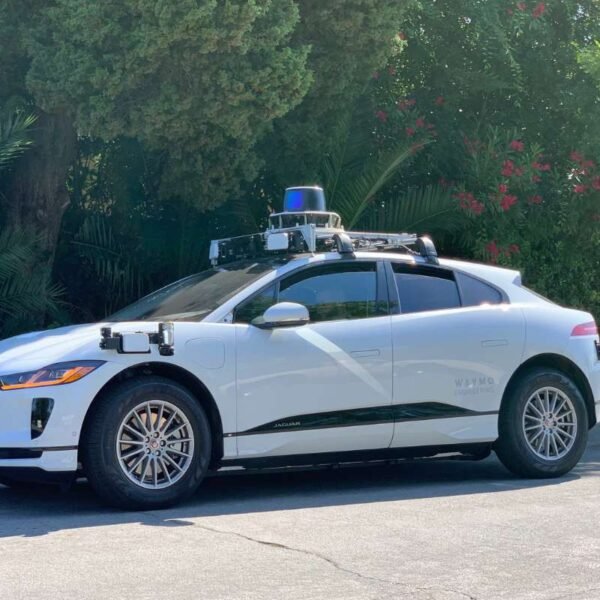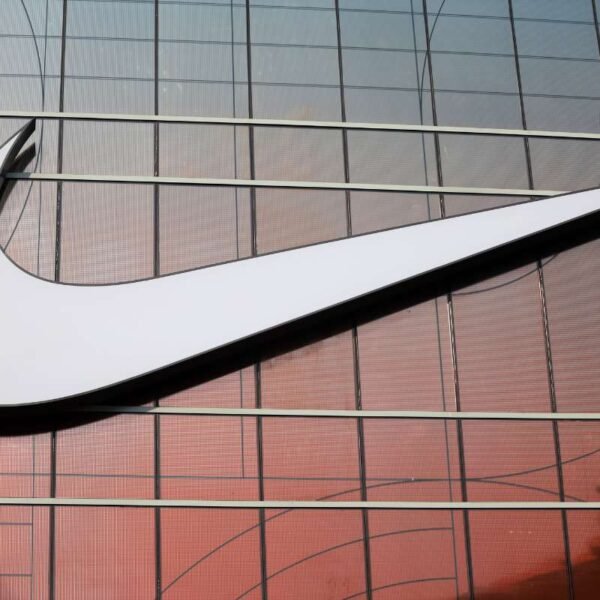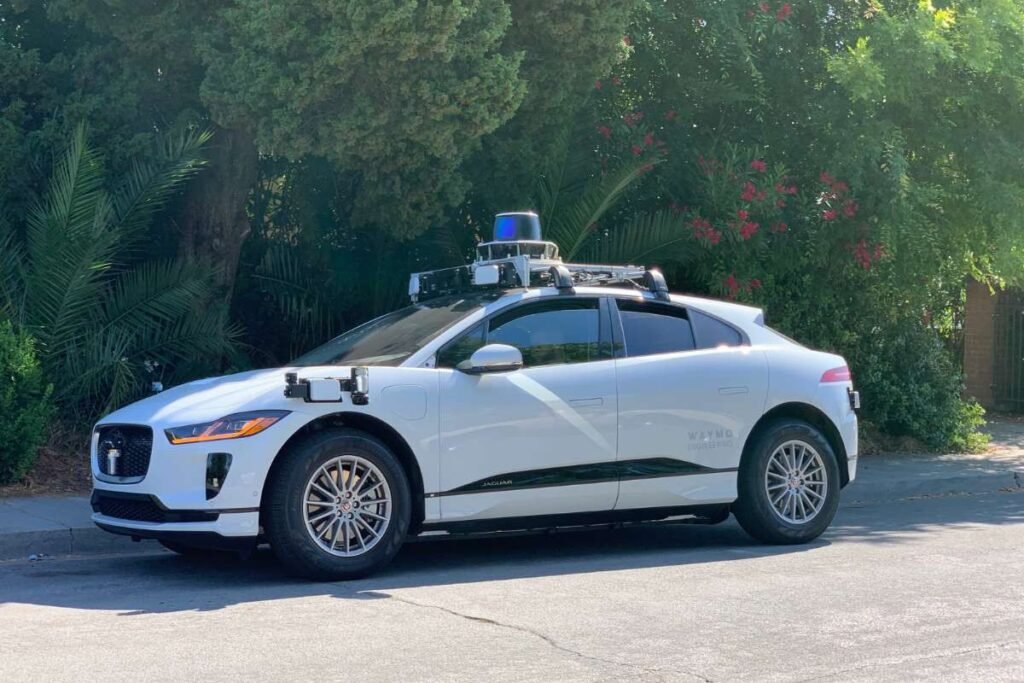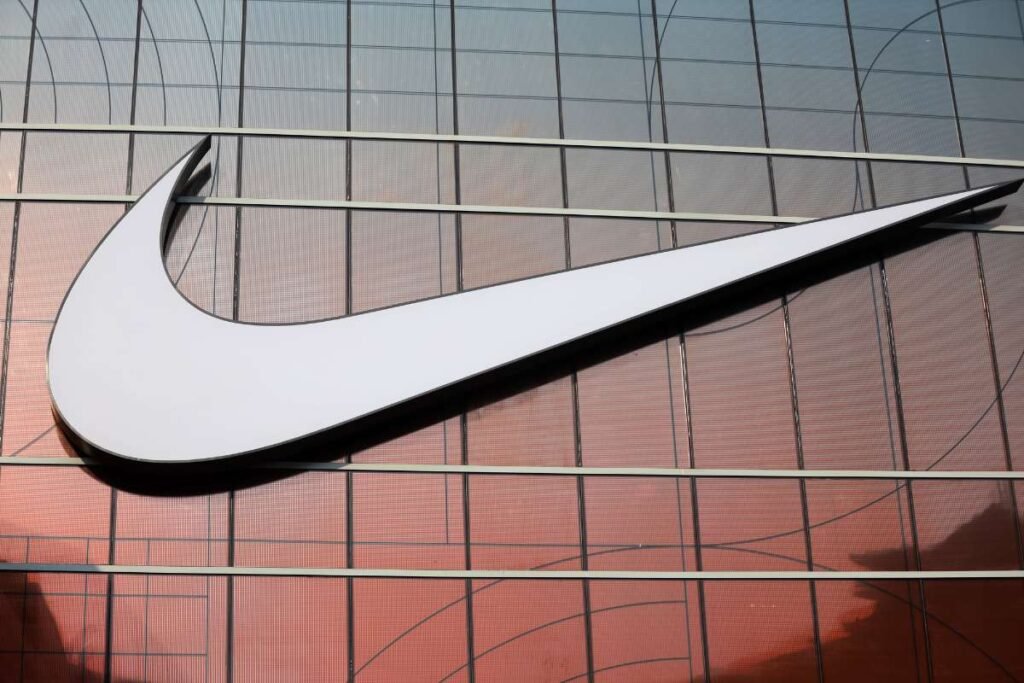The arrival of the COVID-19 pandemic in 2020 marked a turning point in how we live, work, and connect with others. One aspect of life that underwent a significant transformation was networking, especially during the holiday season. Traditionally, the holiday season was a time for festive parties, gatherings, and networking events that allowed individuals to expand their professional and social circles. However, the pandemic disrupted these norms and brought about unexpected changes to holiday networking.
In this article, we explore four unexpected ways holiday networking has been changed by the pandemic.
1. Virtual Networking Galas:
Holiday parties and galas were once characterized by lively conversations, clinking glasses, and exchanging business cards. With the pandemic restricting in-person gatherings, the concept of the virtual networking gala emerged. Online platforms became the new stage for professionals to dress up, connect, and network. Virtual galas presented a unique opportunity for individuals from around the world to participate, eliminating geographical barriers that often limited traditional networking events. As attendees navigated breakout rooms and engaged in video chats, a new form of networking etiquette emerged, with participants adapting to the digital medium by perfecting their online introductions and mastering the art of virtual engagement.

The virtual realm offered a blank canvas for event planners to experiment with imaginative concepts. Professionals found themselves attending holiday networking events that ranged from virtual cocktail-making classes to collaborative online art projects. These creative formats not only facilitated networking but also allowed individuals to showcase their personalities in ways that traditional events could not. Attendees experienced the novelty of mingling in virtual spaces decorated with festive themes, reinventing the holiday spirit in a digital environment.
2. Creative Networking Formats:
The pandemic forced professionals to rethink traditional modes of networking, leading to the rise of creative networking formats. From virtual wine tastings to cooking classes and online escape rooms, networking events took on a more interactive and engaging form. Attendees could bond over shared experiences, fostering a sense of camaraderie despite the physical distance. These unconventional networking formats not only facilitated connections but also showcased the adaptability and resilience of professionals in the face of adversity.
With the introduction of virtual backgrounds and themed dress codes, networking events embraced a sense of playfulness. Professionals connected over discussions of their makeshift home office setups, forging connections based on shared challenges and triumphs. The blending of work and personal life brought about by remote work became a topic of conversation, sparking discussions about the balancing act that defined the new normal.
3. Emphasis on Authenticity:

In the era of virtual interactions, authenticity emerged as a cornerstone of effective networking. The absence of in-person cues pushed individuals to communicate more intentionally and transparently. Video calls humanized interactions by providing glimpses into the personal lives of professionals – a rarity in traditional networking settings. Home environments, family interruptions, and even the occasional pet appearance brought a touch of authenticity to conversations. As a result, networking conversations delved beyond mere business discussions, enabling participants to connect on a more personal level. The pandemic highlighted the importance of genuine connections, prompting professionals to prioritize authenticity over rehearsed elevator pitches.
Professionals discovered the power of vulnerability as they navigated the challenges of remote work while managing personal responsibilities. Casual conversations that once happened during coffee breaks or office lunches now occurred in virtual breakout rooms. Participants found themselves sharing stories of adapting to remote work, discussing the intricacies of maintaining work-life balance, and even offering glimpses of their hobbies and interests beyond the professional realm.
4. Global Networking Opportunities:
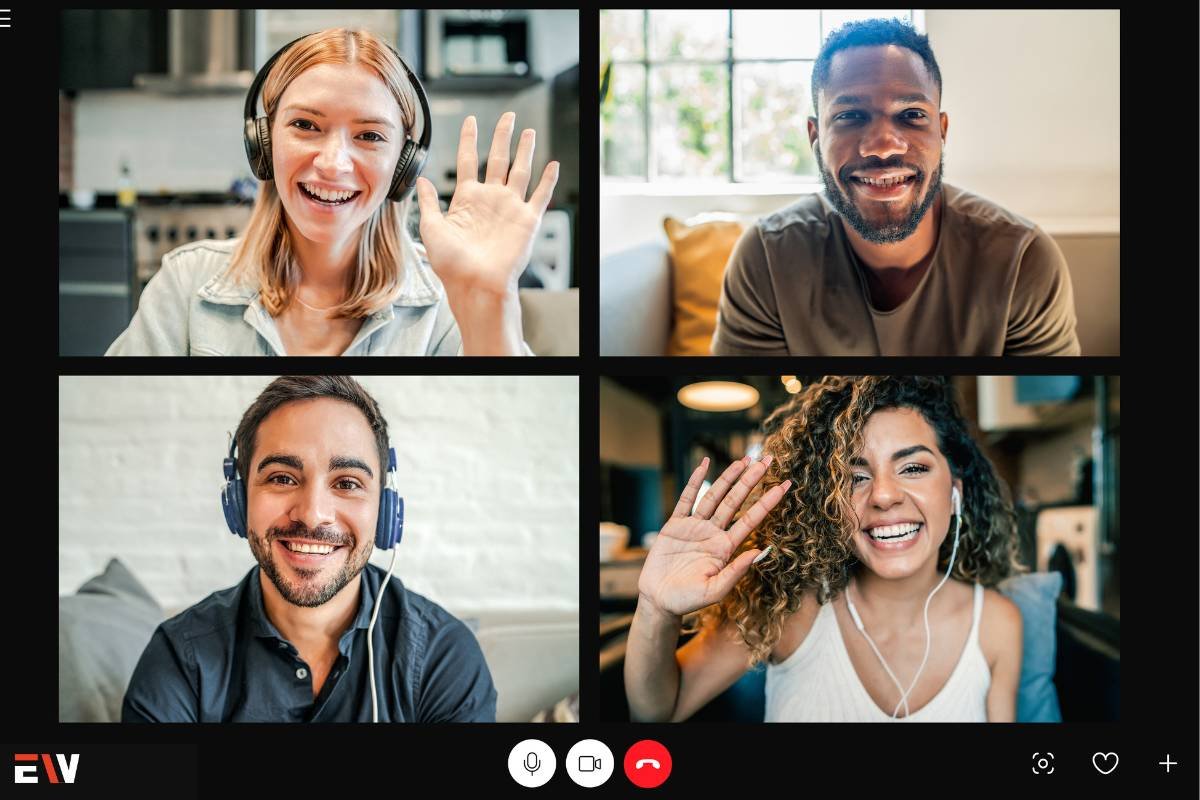
While physical gatherings were restricted, the pandemic inadvertently expanded the scope of networking opportunities. With organizations transitioning to remote work, professionals found themselves participating in webinars, workshops, and conferences from various corners of the world. The digital landscape enabled connections with international counterparts that were previously unimaginable. Time zones became a minor challenge as the allure of learning from global thought leaders and interacting with a diverse range of professionals took precedence. This globalization of networking not only enriched individuals’ knowledge but also broadened their cultural awareness and perspectives.
Professionals became adept at collaborating across time zones, adjusting their schedules to accommodate virtual meetings with colleagues and partners in different parts of the world. This experience sparked discussions about the future of work, with conversations about flexible work arrangements and the potential for a hybrid model that combines the best of remote and in-person work.
In conclusion, the pandemic disrupted traditional holiday networking practices, giving rise to unexpected changes that altered the way professionals connect during the festive season. Virtual networking galas and creative formats replaced in-person events, challenging participants to adapt to new platforms and modes of engagement. Authenticity emerged as a focal point, reminding individuals of the value of genuine connections in virtual interactions. Furthermore, the pandemic expanded networking horizons, transforming professionals into global citizens capable of forging connections across borders. As we continue to navigate the evolving landscape of work and social interactions, these unexpected changes are likely to leave a lasting impact on the way we network, even beyond the pandemic.
In the post-pandemic world, as physical gatherings regain their prominence, it is intriguing to speculate how these unexpected changes might continue to influence holiday networking. Will virtual elements be integrated into traditional galas, allowing individuals to connect with those unable to attend in person? Will the emphasis on authenticity reshape how professionals approach networking conversations, fostering deeper and more meaningful connections? The lasting influence of these changes serves as a testament to human adaptability and the potential for innovation, even in the face of the most challenging circumstances.


